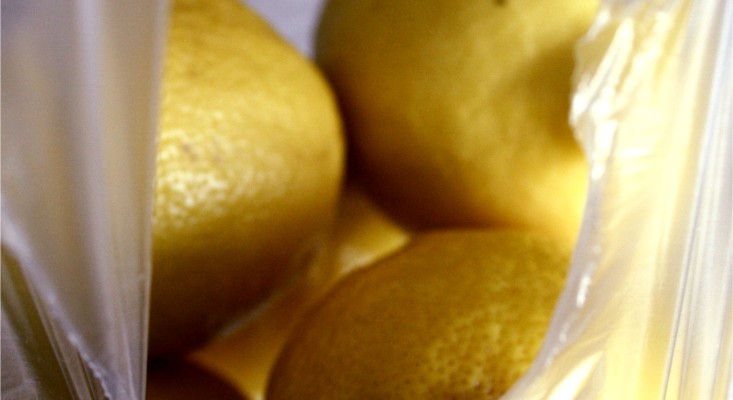Ever since its conception in the early 17th century, the orangery has been an ideal instrument for cultivating exotic plant life in the UK, regardless of the outside climate. Now more than ever contemporary orangeries and conservatories are being embraced, and of all the exotic plants grown each year inside British orangeries, citrus trees are becoming most popular. This is partly due to the simple and effective cultivation process that these plants require.
But just how do you go about rearing and maintaining citrus plants inside an orangery? Here are a few helpful tips to get you started.
What plants should I buy?
To achieve the best possible citrus farming, it makes sense to purchase the smaller varieties of citrus plants known as ‘dwarf trees’ because they are unlikely to grow beyond a size unmanageable for your structure, regardless of the orangery design style you have chosen.
Smaller plants are also a good choice because they can also be easily nurtured inside small but sturdy tubs of soil that will cause little mess or cost too much to maintain.
For fast growth, it’s best to buy citrus trees that are at least two years old, as they will already be of decent sized growth and thus suitable for gardeners who want speedy results.
Maintaining citrus plants
There are many ways that a gardener can help along the process of cultivating citrus trees in an orangery. Here are several of them:
• To ensure the best possible taste from the fruit, it’s best to store the plant at 55-68° F with a 30-60 % level of humidity.
• To keep the plants looking attractive and producing delicious fruit regularly, concentrate your efforts by thinning the plant down to three main stems.
• Remember Dwarf trees need to be contained in moist soil conditions for fast, effective growth.
• Citrus trees need plenty of direct sunlight each day and require warm temperatures, so your orangery will ideally have a south-facing window to recreate conditions mirroring outdoor growth.
• The average British home has around 15 - 20% humidity, so it’s likely that adjustments will need to be made to the temperature to make it align with the recommended 30-60% humidity levels. This is not a difficult task as well-lit orangeries provide enough humidity for this, especially when plants are grouped together to create extra heat.
• Using a humidifier or cool-mist vaporizer during winter can help the humidity increase further, but this is not an environmentally or cost effective means. As an alternative, try putting a few bowls of water in the orangery as they will eventually evaporate and raise the average humidity level around the plants.
• Citrus plants have a rather shallow root system, meaning they need to be stored inside of a wide pot rather than a deep one.
• If you follow these rules and still find that you are struggling to get your Calamondin plant to produce fruit, it may require pollination to help the process along.
Growing fruit in the comfort of your home is just one of the great gardening experiences that an orangery is ideal for. To buy a beautiful bespoke orangery for your home, visit .


Leave a Reply